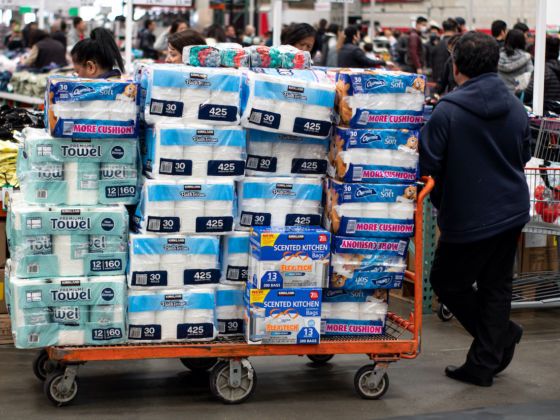American derrieres are spoiled for choice. Supermarkets across the country shelve a comical number of toilet-paper products, inundating shoppers with more deals on two-ply than any consumer actually needs. On a typical day, the biggest dilemma shoppers face when it comes to the fluffy stuff is whether to swear allegiance to Charmin or Cottonelle.
Anyone who’s been to the supermarket lately knows that the toilet-paper aisle is decidedly not typical, however. Across the United States, and around the world, shelves once puffy with toilet-roll clouds are now post-pandemic deserts where loofahs might roll by like tumbleweeds.
